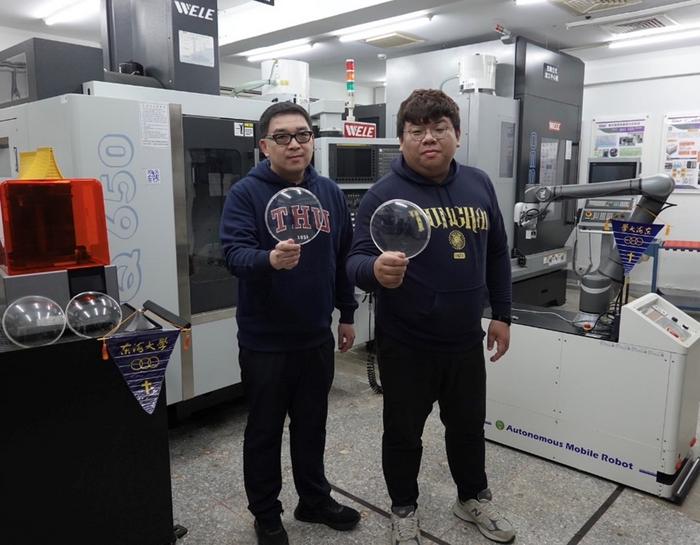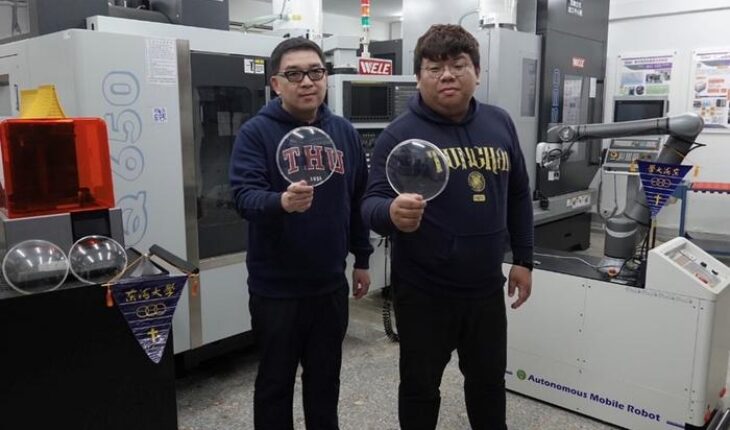
Tunghai University researchers demonstrate benefits of 3D printing in optical manufacturing applications.
We hear a lot about the advantages of 3D printing over subtractive manufacturing processes, such as CNC machining, but those claims are often frustratingly abstract.
As much as it might vex additive manufacturing (AM) suppliers – and those of us who cover the industry – it makes sense from a business perspective: if you’ve gained a distinct advantage over your competitors by embracing a new technology, you’re probably not inclined to let them know exactly how you’re beating them.
Fortunately, there are engineers working outside the private sector who can provide specific, concrete examples of AM’s benefits with their own case studies. The latest example comes from Tunghai University in Taiwan, where professor Chia-Hung Yeh in the department of industrial engineering and enterprise information has demonstrated the benefits of using 3D printing for manufacturing headlight lenses.
“Traditional manufacturing methods come with limitations such as high costs, long delivery times and low yield,” he said in a press release. “This study uses a headlight lens as a case study to explore the potential of 3D printing as an alternative to traditional manufacturing methods, aiming to create a faster product verification process for the industry.”
According to the researchers, 3D printing produced lenses with high precision and surface quality while outperforming traditional methods in terms of both production efficiency and cost-effectiveness. What makes this application particularly well-suited to additive manufacturing is the shift toward customization in optical plastics, with the high cost of making traditional lens molds forcing manufacturers to weigh the financial risks and benefits before committing to production.
“Moreover, as product designs become more complex, mold design and manufacturing processes are also becoming more intricate, which slows production speeds,” said Yeh. “To stay competitive in a rapidly changing market, manufacturing design capabilities must meet these demands quickly.”
Yeh and his colleagues selected their processes and materials based on real-world requirements before fabricating their test products. They evaluated their results by measuring key properties of headlight lenses, including light transmittance, surface profile, curvature radius, and surface roughness. What they found was that the 3D printed lenses demonstrated minimal curvature radius error and a transmittance of 93%, compared to 94% for the CNC machined sample. More importantly, they produced 14 lenses in a single 8-hour print cycle at a resin material cost of roughly $30. They claim that this demonstrates 3D printing’s potential to improve operational efficiency and shorten production times for high-mix, low-volume manufacturing.
“3D printing offers key advantages, such as consolidating multiple components into a single structure, reducing manufacturing costs and simplifying assembly,” said Yeh. “Overall, 3D printing in optical applications improves design flexibility, cost efficiency and sustainability, positioning it as a transformative force in the industry as technology continues to advance.”
The research is published in the journal Applied Optics.





